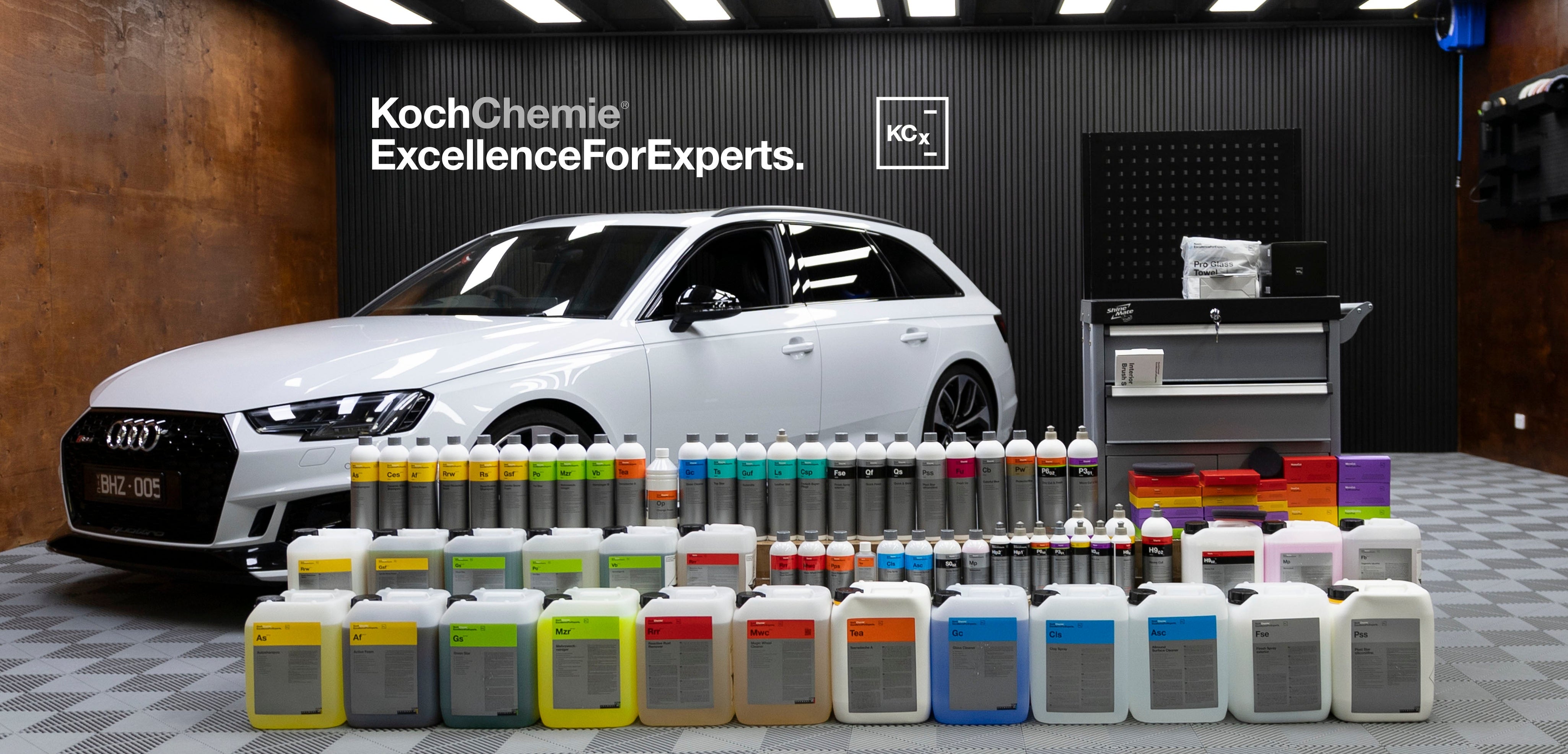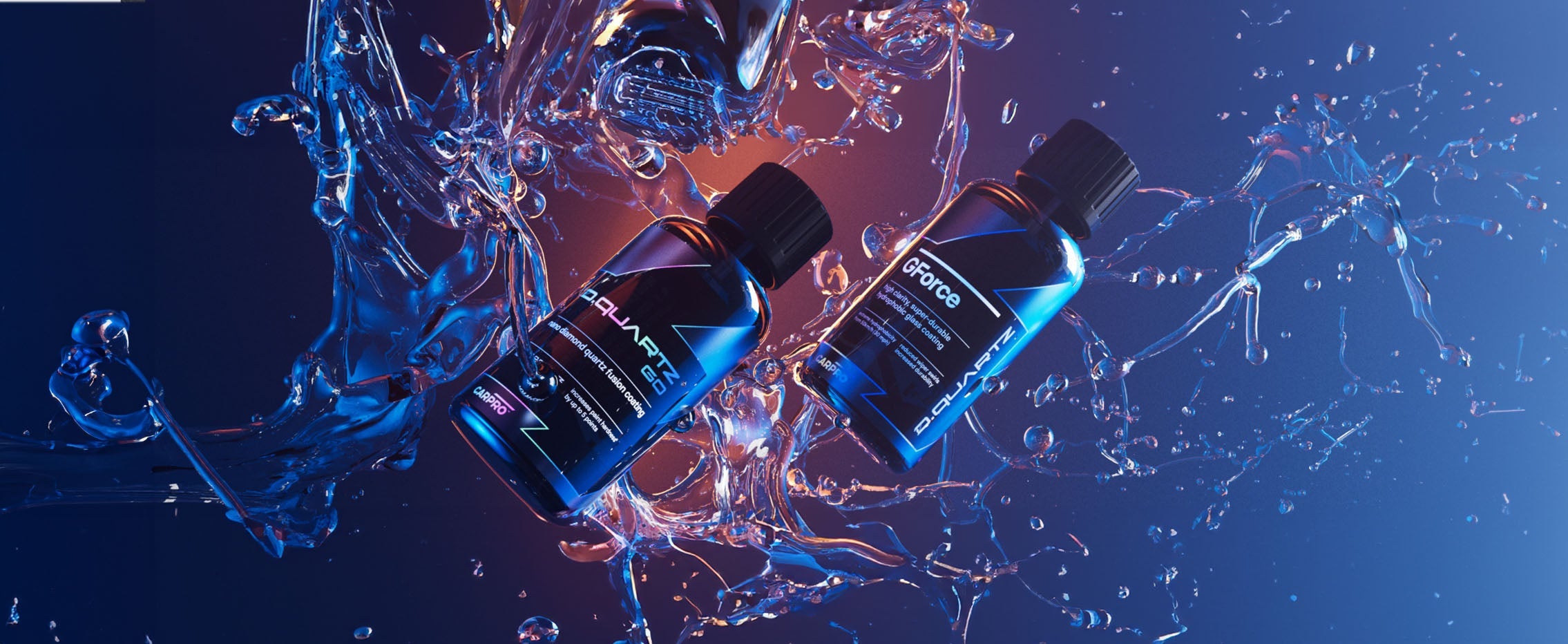Car detailing enthusiasts know that we can spend hours if not days and weeks washing, polishing and waxing our vehicle’s paint, but if the plastic and rubber trims on our cars look old, dull and faded, it greatly lets down the appearance of the car, no matter how good the paint looks. When we say car trims, we’re generally referring to black or dark grey plastic materials such as unpainted bumpers, door handles, A and B pillar outer plastic panels, certain plastic grills, rubber seals around windows and even around other plastic trims as well as head and tail light housings, roof weather strip, water channels and list goes on and on.
When new, these trims tend to look fantastic, adding contrasting accents to a car’s paint work to really make the vehicle pop. But over time and if left untreated, these plastics and rubber trims will start to fade, oxidise and even start to crack and deteriorate due to exposure to UV light and general environmental and traffic fallout.
Compared to painted metal panels and substrates, plastic and rubber materials tend to fade and age more rapidly than their painted metal counter parts, so it’s doubly important to ensure that they are well maintained and protected from the elements. The best way to protect these trims is to ensure that they always have a protective dressing, sealant or coating on them, so reapplying these products frequently or as needed is the best way to protect these trims from fading and ageing.
However, if these plastic and rubber trims do become faded and sun damaged, there are certain ways and various options for restoring them as long as they are still structurally intact.

Before using any products to restore the trims, it’s extremely important that you thoroughly clean the trim to start with to remove loose dirt and grime as well as any existing waxes or sealants that may prevent your trim or restoration product from effectively bonding to the surface. The first step should be giving your car a wash, and that should be followed by cleaning the trims you want to restore with an APC or degreaser such as CarPro Multi-X with a detailing brush, thoroughly drying the vehicle and then performing an IPA wipe down using a product such as Nv Clarity to ensure that the trims are completely clean, dry and bare.
In many cases where the plastic or rubber trims aren’t too badly faded or aged, a trim dressing such as CarPro Perl can in fact restore those trims back to their original shade of colour with a simple step of applying the product with a foam or microfibre pad, working it into the trim and then allowing it an hour or so to bond and set. If you prefer more of a matte to satin finish, after, you can level down the dressing with a microfibre cloth after an hour to knock down any unwanted shine in the finish. But if you prefer more of a gloss finish, you can just leave the dressing as is. Additionally, if the trims still look a little faded or dull after an hour of applying the trim dressing, you can apply a second coat, and again decide if you wish to wipe it down after an hour to achieve your desired matte, satin or gloss finish.
In some cases when rubber and plastic trims are extremely faded, dull and sun damaged, they may be beyond just using a trim dressing. For badly worn out trims, a product such as Shine Supply Trim Paint or Solution Finish Trim Restorer may be the best option to restore those trims. Both of these products are designed to penetrate into the pores of the surface, helping restore the finish in a more long term manner giving a much healthier OEM look.
Apart from these trim dressing and trim restoration products, using spray sealants or even ceramic coatings to protect your trims after restoring them is a great way to give them that extra bit of UV and environmental protection to prevent them from fading and getting quickly damaged again in the future. Sealants can last several months on trims, while a ceramic trim coating can last upwards of a year providing protection. But as plastic and rubber trims and materials tend to be more susceptible to UV damage compared to metal and painted trims, you will find that these plastic and rubber trims will need to be dressed and protected more often than your car paint by comparison.
It’s also important to note that although spray sealants, quick detailers and ceramic coatings can in fact amplify and mildly restore a plastic and rubber trim, they won’t have as much impact on restoring a badly faded and weathered trim compared to a trim dressing or trim restorer, though a quality spray sealant such as Nv Jet and a quality trim ceramic coating such as CarPro DLUX can greatly help protect these trim from UV rays for extended periods. Some waxes and sealants can stain these trim surfaces however, so make sure you test them before applying fully.
Quick detailers can be great products to use on trims after your weekly maintenance wash as they don’t tend to stain the trims, but they will tend to add and top up the protection on your trims as well as help enhance their overall look and finish. Products like CarPro Elixir and Nv Boost V2 will do this to a good degree.
We can all agree that healthy trims really create that final pop on a vehicle, and can step up the overall visual aesthetic no matter the age!






